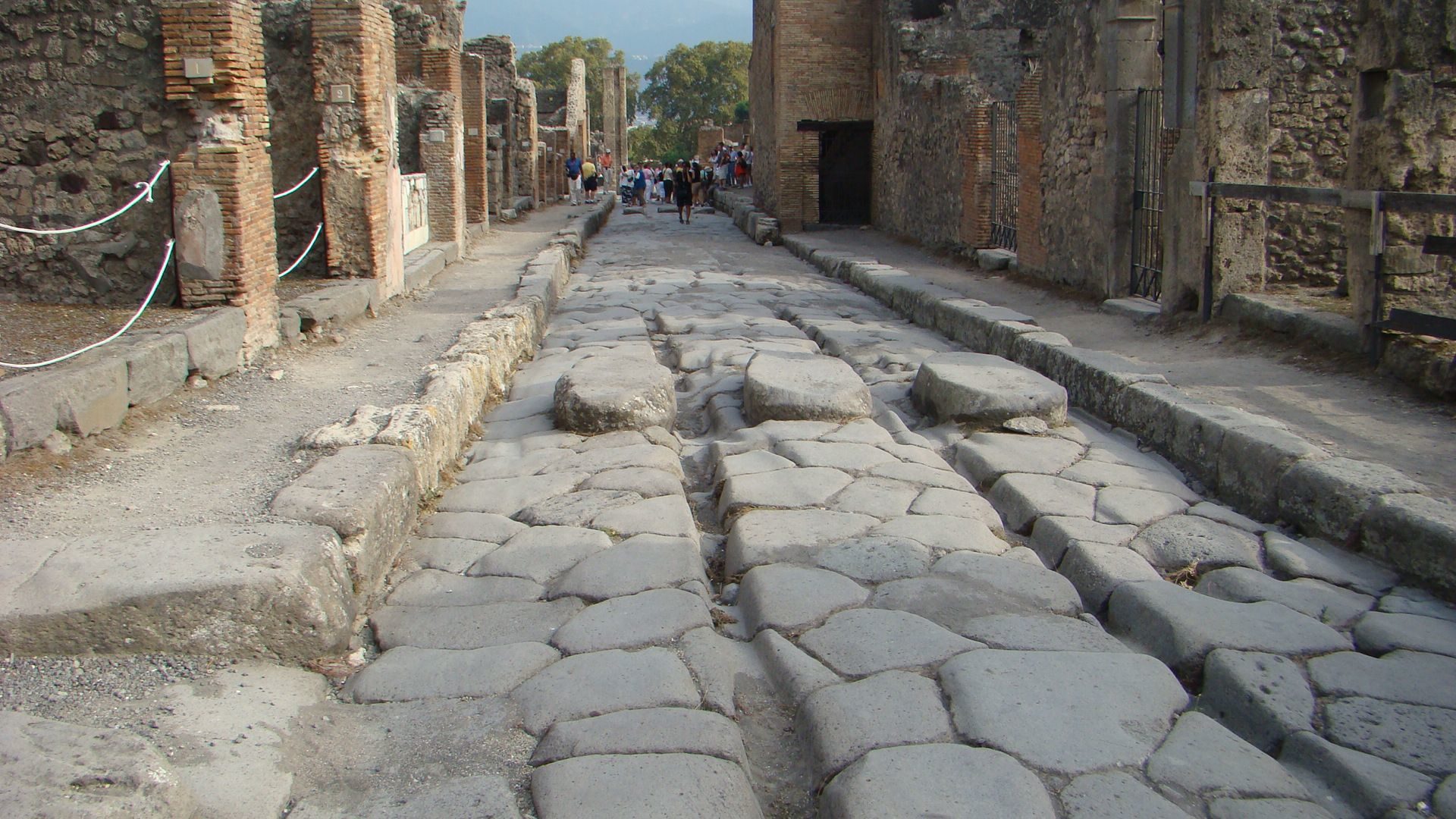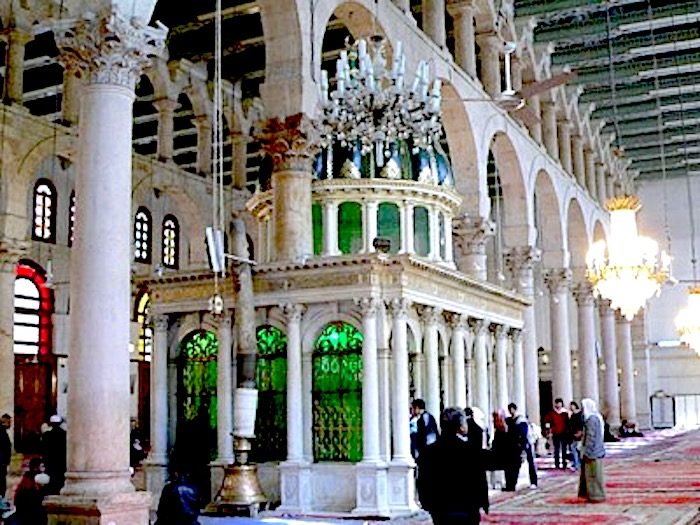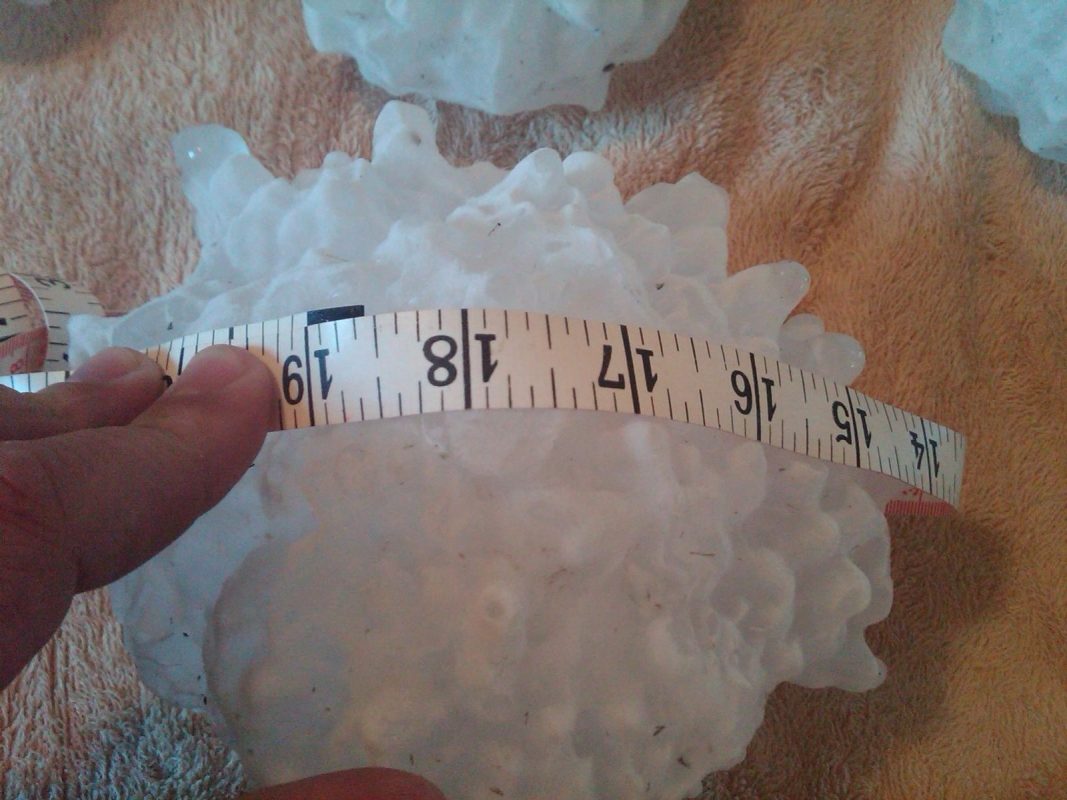
© Voynich manuscriptThis shows two women dealing with five children in a bath. The words describe different temperaments: tozosr (buzzing: too noisy), orla la (on the edge: losing patience), tolora (silly/foolish), noror (cloudy: dull/sad), or aus (golden bird: well behaved), oleios (oiled: slippery). These words survive in Catalan [tozos], Portuguese [orla], Portuguese [tolos], Romanian [noros], Catalan [or aus] and Portuguese [oleio]. The words orla la describe the mood of the woman on the left and may well be the root of the French phrase 'oh là là', which has a very similar sentiment.
A University of Bristol academic has succeeded where countless cryptographers, linguistics scholars and computer programs have failed-by cracking the code of the 'world's most mysterious text', the Voynich manuscript.
Although the purpose and meaning of the manuscript had eluded scholars for over a century, it took Research Associate Dr. Gerard Cheshire two weeks, using a combination of lateral thinking and ingenuity, to identify the language and writing system of the famously inscrutable document.
In his peer-reviewed paper, The Language and Writing System of MS408 (Voynich) Explained, published in the journal
Romance Studies, Cheshire describes how he successfully deciphered the manuscript's codex and, at the same time, revealed the only known example of proto-Romance language.













Comment: See also:
- Exploded skulls and vaporized bodies: Pompeii finds reveal horror of Vesuvius eruption
- Pompeii: Newest find shows man decapitated by rock during eruption of Vesuvius
- Pompeii was a full-fledged city before it was taken over by the Romans
- Archeological find changes date of Pompeii's destruction
- History textbooks contain 700 years of false, fictional and fabricated narratives
And check out SOTT radio's: Behind the Headlines: Julius Caesar - Evil Dictator or Messiah for Humanity?